Incense holds significant importance in the Catholic Church. It is an element that is part of many liturgical rituals.
It is commonly used in Holy Week processions, during Mass, and other relevant moments.
The presence of incense smoke has great relevance within the religious celebrations carried out by the Catholic Church. Thus, a series of properties and symbolism are attributed to it.
The first of them, perhaps the most important, is that which continues the tradition reflected in Psalm 141:2, "Let my prayer be set forth as incense before thee...". In this sense, incense symbolizes the prayers and supplications of the priests and faithful. The smoke rises towards Heaven to reach God.
The prayers of the believers are a conversation with our Savior, the incense smoke is the representation of this conversation between the earthly world and Heaven.
The Catholic tradition associates incense with the purification of the liturgical space, as well as of the people present.
Through the incensation of the altar, offerings, and other elements, their purification is sought. On the other hand, the incensation of other elements such as the Blessed Sacrament is an act of reverence that highlights the importance of these objects.
The Liturgy is a crucial moment in the life of the Church, where the divine presence is manifested. It is a community celebration in which all those present actively participate, the priest as the guide of the community and the faithful as members of the community.
Incense is an element that helps create the right atmosphere to live the presence of God among the faithful. The smoke and scent of incense contribute to creating a conducive atmosphere, taking those present away from the earthly world and bringing them closer to Heaven, to the presence of Christ. It helps the faithful to delve more deeply into the worship experience, facilitating a state of contemplation and reverence.
The use of incense in Mass is defined by the General Instruction of the Roman Missal. In the Instruction, we can read that incense can be used in any liturgical celebration at the following times:
In addition to the incensations made during Mass, incense is present at other times and in other religious rituals, such as:
Holy Week is one of the pinnacle moments of the Catholic liturgical year. During the Easter week, we celebrate the Passion, Death, and Resurrection of Christ.
The General Instruction of the Roman Missal indicates that the Holy Week processions are one of the religious events in which incense can be used.
It is usual for the brotherhood processions that take place during Easter to be surrounded by the smoke and aroma that emanates from the thuribles of the Brotherhoods and Guilds. It is a tradition with a strong root in the celebrations of Holy Week in a large number of localities.
The incenses of Easter in Seville and Malaga are especially well-known. In both Andalusian cities, incense plays a leading role. The scent of the incense from the Brotherhoods and Guilds of Seville and Malaga are recognized as some of the best in the world.
Incense creates a unique and deeply immersive atmosphere during the processions. By burning incense, a cloud of fragrant smoke is generated that envelops the brethren and spectators. Creating an environment conducive to awakening the emotions that characterize brotherhood processions: solemnity, respect, recollection, sorrow, etc.
This evocative atmosphere has been consolidated over many years. A large part of the attendees indefatigably associate the scent of incense with specific moments of the processions, with specific days of Holy Week. Thus, for example, it is usual for a Sevillian brother to associate Palm Sunday with a certain scent derived from the use of incense by a Brotherhood that processes on that day.
The combination of scents, colors, symbols, and feelings creates a very powerful sensation among the brethren and attendees. A sensory experience that immerses people in reliving Christ's sacrifice.
Liturgical charcoal is one of the religious consumables that we use the most in our churches and homes. We usually use charcoal to burn incense. Simply with an incense burner (censer), some grains of good incense, for example sandalwood-scented incense, and an instant charcoal tablet, we can give a special atmosphere to any celebration. From Eucharistic celebrations to Holy Week processions, or even evenings at home where we feel like enjoying the properties of incense.
Many of the buyers of our online store have asked us what is the best way to light the incense with the liturgical coals that we have for sale. All our liturgical coals are instant , they are lit immediately using only a lighter or a match, and self- igniting , once combustion has started, it spreads throughout the tablet until it is completely consumed.
These two features make it extraordinarily easy to enjoy the aroma of incense quickly and safely.
The main steps to light aromatic incense with any of the liturgical coals that you can buy in our online store are as follows:
In our online store or store in Lugo you can find a wide variety. It is important to take into account the time we want to enjoy burning brotherhood incense for Holy Week or Church incense. The greater the interval of time that we want to have the coal lit, the greater the diameter of the tablet should be. In addition, we must take into account the size of our censer and the diameter of the area to burn the brotherhood or liturgical incense. If we use a domestic censer it may be advisable to use smaller charcoal tablets. However, if we use the charcoal in a parish censer or in a Holy Week procession, it may be more appropriate to choose larger charcoal tablets or even use several tablets.
When we buy cofrade incense for Holy Week or liturgical incense we must take into account certain variables.
Once we have chosen the size of the charcoal tablets and the type and aroma of the brotherhood incense for Holy Week or Church incense, we must open the charcoal.
We open a box of liturgical charcoal, we open a tube of ten tablets and we take a charcoal tablet. Some censer tongs are very practical to facilitate lighting. This article allows you to bring the flame closer to the tablet without running any risk of burning.
Once we have taken the pills we need, it is important to close the hermetic tube as best as possible and place it back in the box. Once we have the box of charcoal closed, it is advisable to store it in a dry, dark and cold place to guarantee the perfect state of conservation.
Using a lighter, matches or a household blowtorch, we bring the flame close to the charcoal tablet for a few seconds. After a short period of time we will begin to see how the coal begins to emit small sparks. At this time the materials of the liturgical coal are working to spread the combustion throughout the tablet. In this way, with little effort, the surface of the coal will burn automatically. If we want to speed up the ignition process we can move the flame over the entire surface of the coal.
Once we see that the charcoal tablet has sparks over most of its surface and turns red, it is time to place it in our censer or incense burner. Using the censer tongs, we will deposit the charcoal tablet in such a way that the convex part is upwards. If we proceed in this way, it will be easier for the brother incense for Holy Week or Church incense, whether powdered incense or grain incense, to remain on the surface of the charcoal tablet and not spread throughout the censer.
We take incense for the Church, it can be grain incense or ground incense, and we will put it on top of the convex part of the coal.
For this stage it is very useful to use a censer spoon. The teaspoon will allow us to put the right amount of brother incense for Holy Week or Church incense that we want to burn. If we try to pour it directly from the bag or box, it is likely that we will not measure the amount of brother incense for Holy Week or Church incense properly.
Once the incense brother or Church begins to smoke, all you have to do is enjoy its smell ( incense brother or Church smell of sandalwood, incense brother or Church smell of roses, incense brother or Church smell of patchouli , etc...).
Sale of liturgical incense and charcoal to burn church incense. Buy Church incense and charcoal at the best price. We are specialists in coal and incense brotherhood for Holy Week and coal and incense for parish and domestic use.
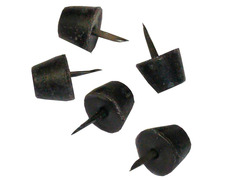
Ref: 3BPA1002P
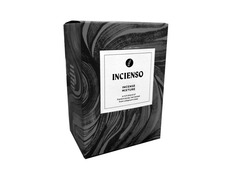
Ref: 3R086
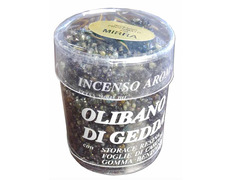
Ref: 1F520MM
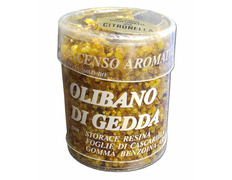
Ref: 1F520CI
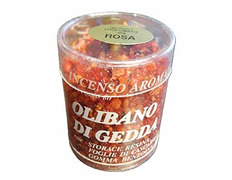
Ref: 1F520RS
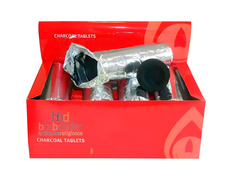
Ref: 103B050
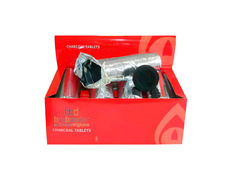
Ref: 103B040
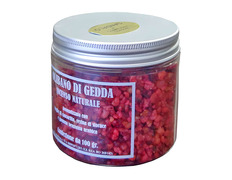
Ref: 1F520SN
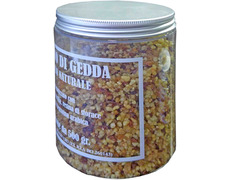
Ref: 1F709
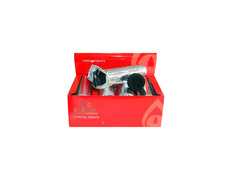
Ref: 103B027
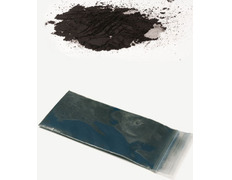
Ref: 3F02462
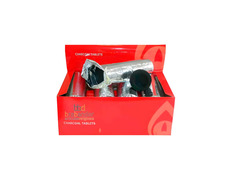
Ref: 103B033
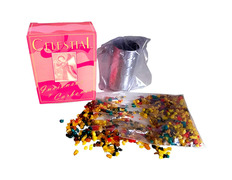
Ref: 3F0839
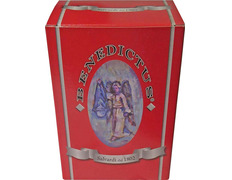
Ref: 1B500B
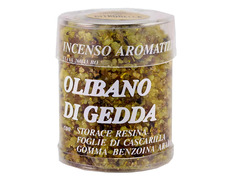
Ref: 1F1709

Ref: 1F1760
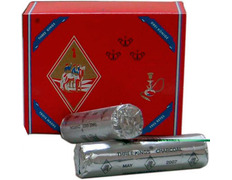
Ref: 1F999C
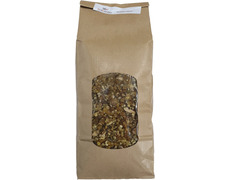
Ref: 144BG1000TR
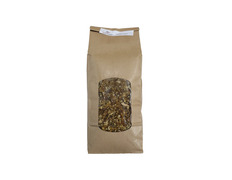
Ref: 144BG500TR
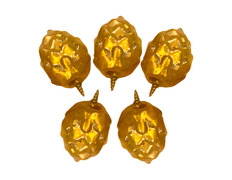
Ref: 3BPA1002G
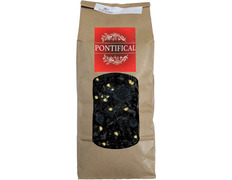
Ref: 144BG1000PO
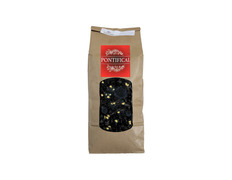
Ref: 144BG500PO
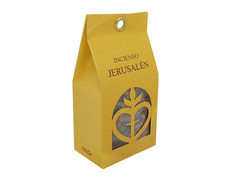
Ref: 144BE16150JR
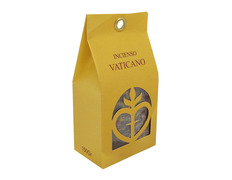
Ref: 144BE16150VA
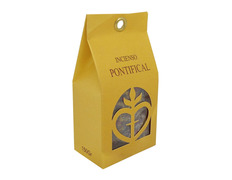
Ref: 144BE16150PO
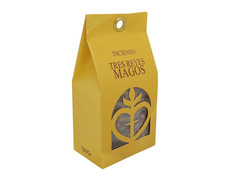
Ref: 144BE16150TR

Ref: 103B054RS
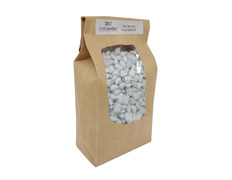
Ref: 103B055NZ
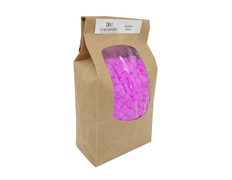
Ref: 103B055RS